
Read the latest Issue
A mobile molecular tool is helping us better assess biodiversity impacts in endangered New Zealand species, and around the world
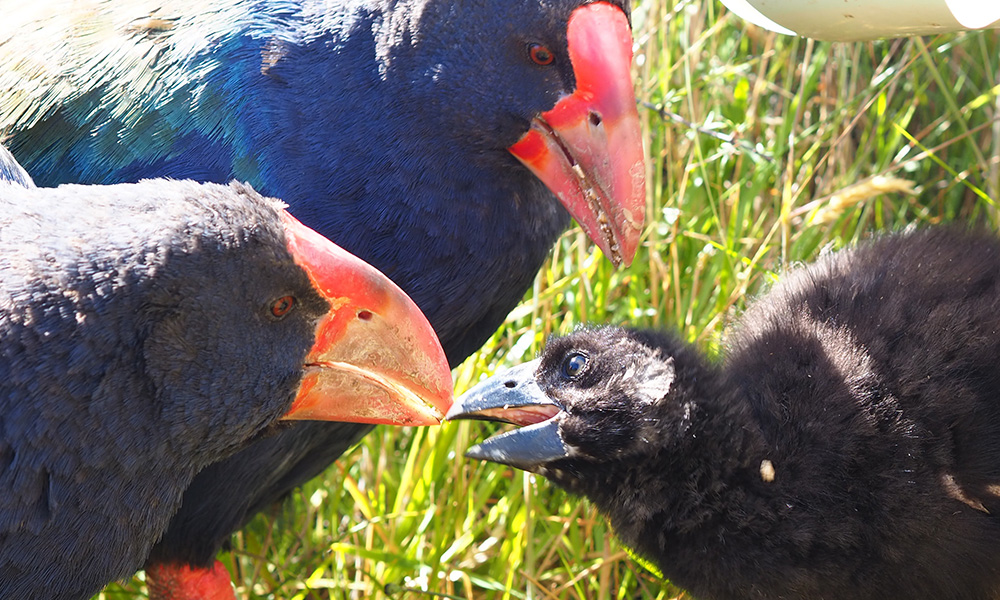
Text and photos by Lara Urban
To preserve planetary health, we first have to understand the well-being of our earth’s natural systems. The unprecedented loss of biodiversity has potentially serious consequences for human health, but because so much of nature is uncatalogued, we struggle to quantify this decline.
In my research, I develop mobile DNA approaches to monitor our environments around the world, even in remote and low-resource settings. This research allows me to study freshwater quality, assess the health of critically endangered species such as the iconic New Zealand birds takahē and kākāpō, share vital data with conservationists to directly improve conservation management, monitor biodiversity, and use this knowledge to develop biodiversity credits for threatened ecosystems – all in a rapid, cost-efficient, and localised manner.
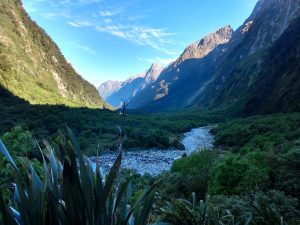
Endemic to New Zealand, the takahē (Porphyrio hochstetteri) (picture 1) is the largest rail in the world and completely flightless. The species was considered extinct due to habitat destruction and introduced predators until a small remnant population was discovered in the Murchison Mountains in 1948. Only ~400 takahē remain, and their genetic diversity is most likely limited.
That’s where my research comes in. As an independent research fellow in New Zealand (picture 2), I work with conservationists to promote recovery of this species. We are trying to understand genomic diversity to find its molecular link to fitness traits that boost resilience. This work hinges on the statistical genomics PhD that I completed at EMBL.
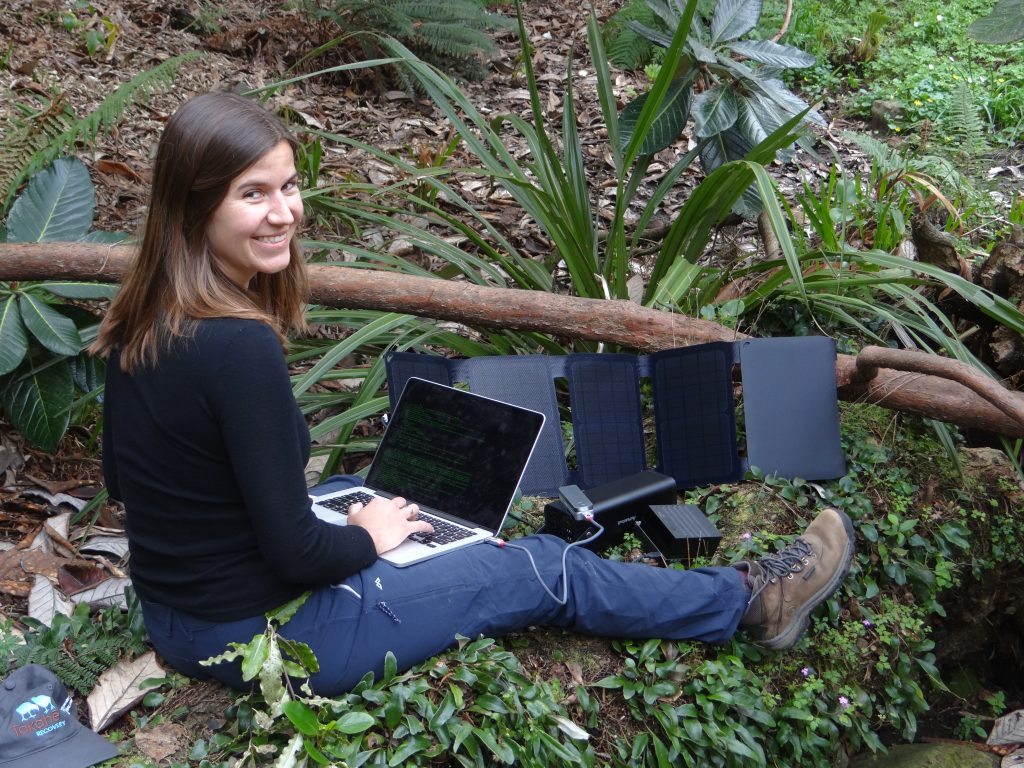
As a council member of the European Reference Genome Atlas, I know reference genomes significantly help conservation genomics projects. That’s why my team and I created a high-quality reference genome of P. hochstetteri based on blood samples from the takahē chick Kohika and her parents. To perform genomic analyses directly in remote and difficult-to-access habitats, we developed a completely portable DNA sequencing approach that allows for DNA extraction, sequencing, and data analysis in situ. I can perform selective DNA sequencing in the field with the pocket-sized nanopore sequencing device MinION, which connects to my laptop (picture 3).
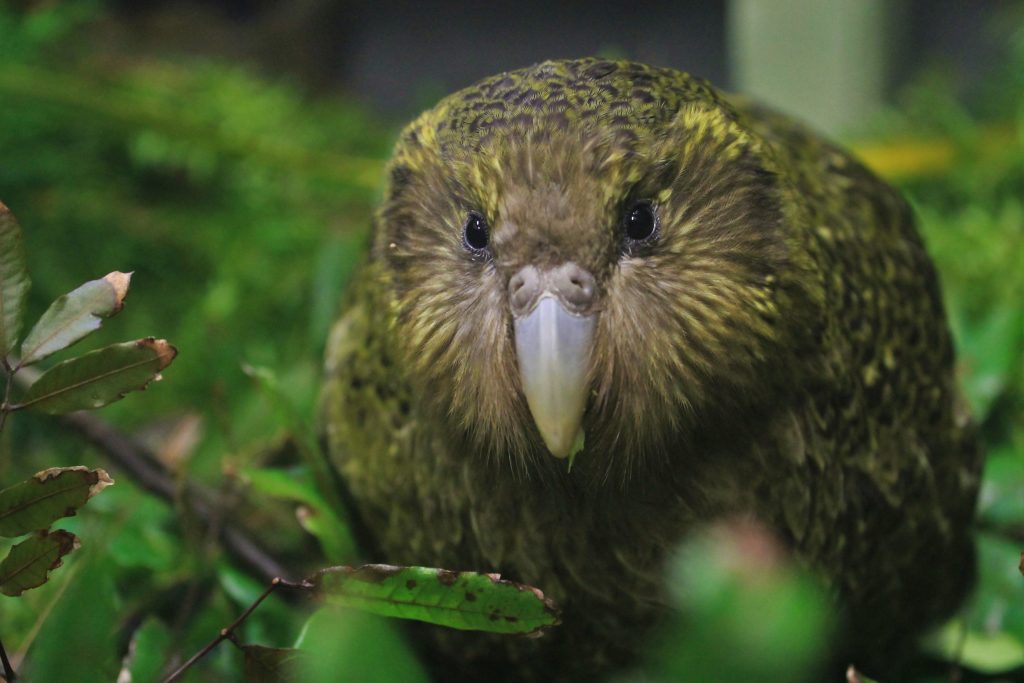
I used this selective DNA sequencing approach to sequence kākāpō-specific DNA from soil samples, which helped me identify the presence of kākāpō individuals. The kākāpō is a critically endangered flightless parrot native to New Zealand; only ~200 kākāpō survive today (picture 4). My approach will help me estimate important features such as genomic diversity – just from environmental samples! In other research, I study the genomic architecture of disease susceptibility, hatching success, and other phenotypic traits in this endearing bird.
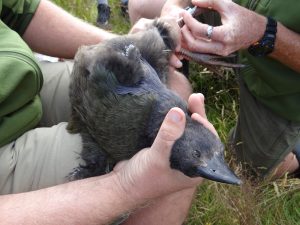
Next year, I will take portable selective DNA sequencing to Whenua Hou, a remote island off the southern coast of New Zealand’s south island where most surviving kākāpō live, to better understand a deadly fungal disease that killed many kākāpō chicks (picture 5) during the last breeding season. I have also started establishing this approach for conservation and public health efforts in Rwanda.
Mobile genomic approaches can help us better understand current and future planetary health. The rapid and cost-efficient in situ DNA analysis enables increased access to genomic research for local communities and public health organisations around the world, ultimately democratising its opportunities and benefits.
Looking for past print editions of EMBLetc.? Browse our archive, going back 20 years.
EMBLetc. archive